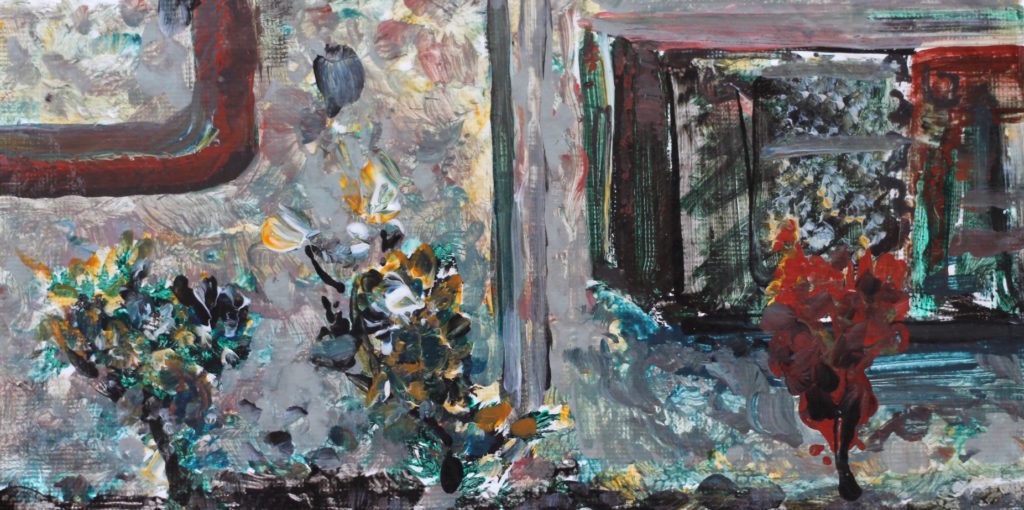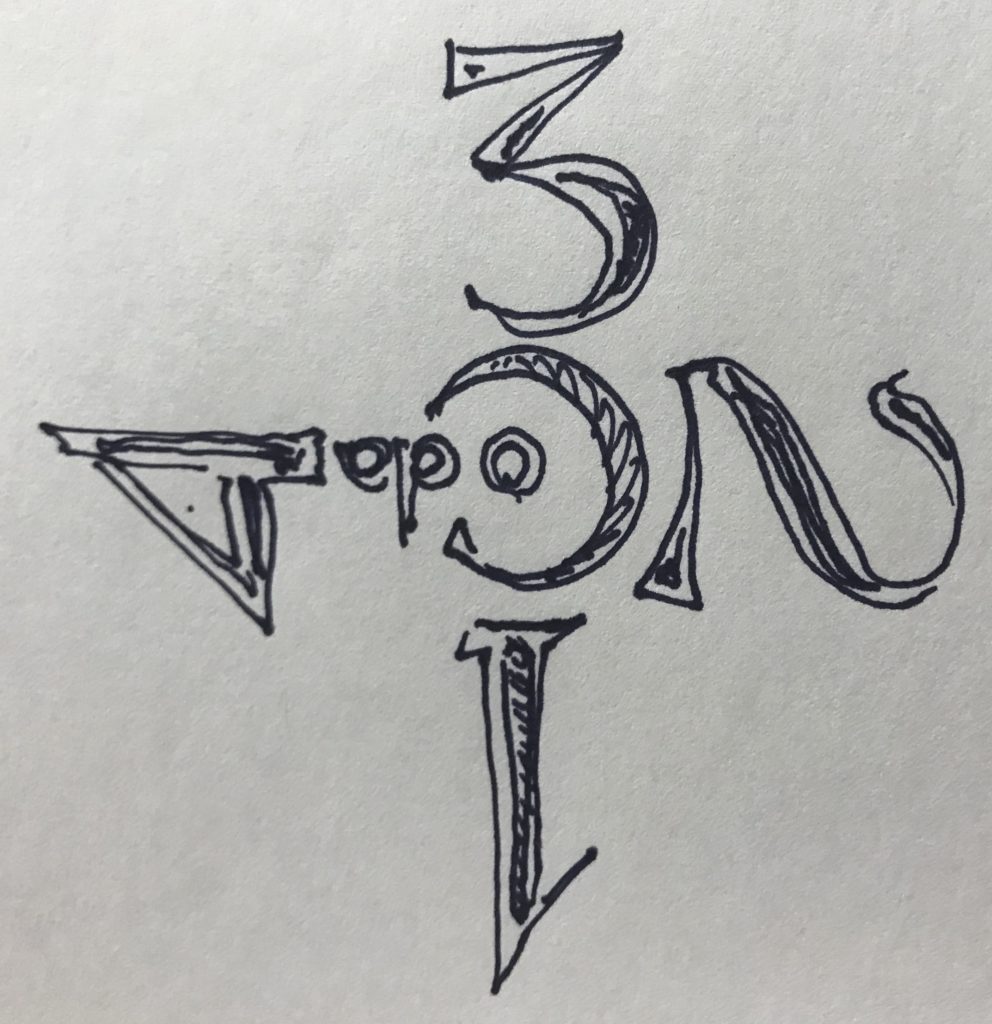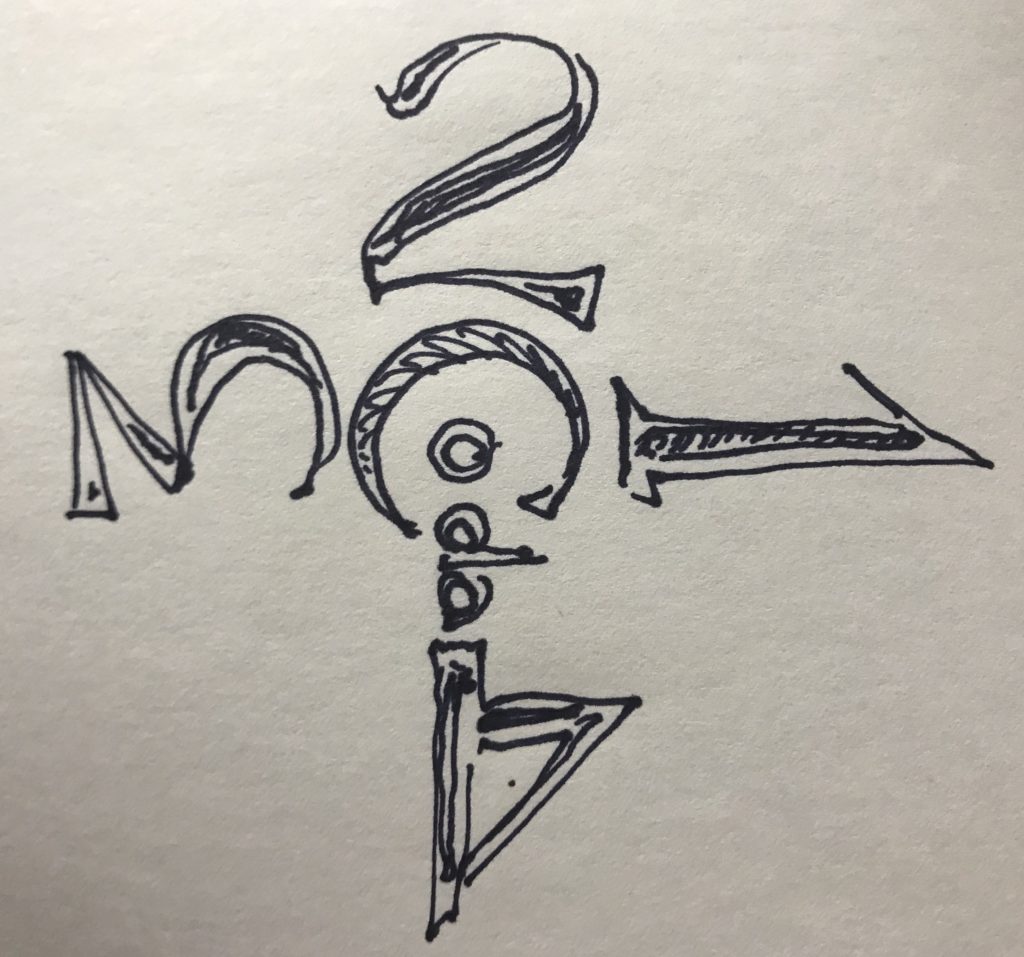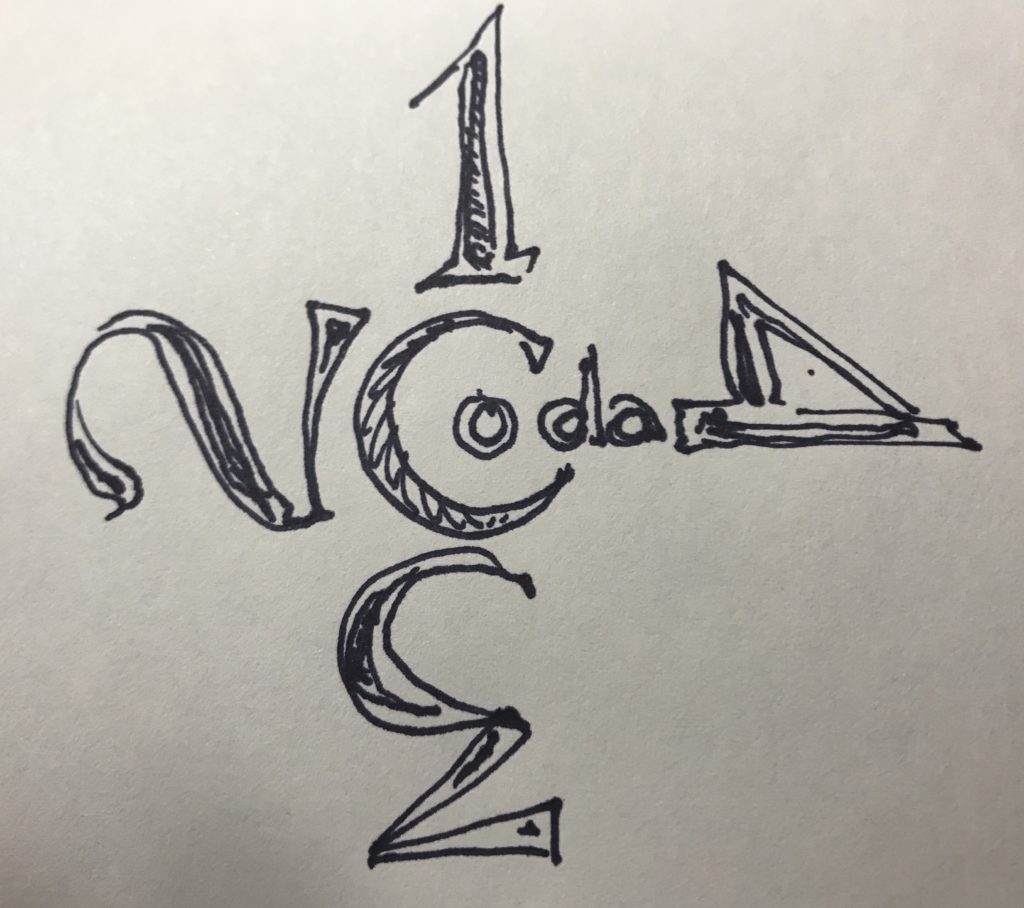30 January 2022
by Rey Armenteros

Approach and method are used interchangeably, but I view them differently. To me, approach is how you start a project. It could also mean how you restart a project or some creative task. It is the course you are about to take. It is the way you enter something.
I exclusively use acrylics and brushes in all my work, but I have eleven approaches. I have given each approach a name. Pure Drawing is when I use bone black acrylic, and with brush in hand, I draw in the method of a graphite, charcoal, or ink wash drawing. It is the most elementary approach because it usually involves nothing more than one color on a gray or white ground. When I use a gray ground, I may use white and other grays to give the tones more depth.
Pseudo-Watercolor/Tempera is the general approach I take to painting. It is more like watercolor if I start with a transparent approach, and it is more like tempera if with an opaque one.
If I use carbon black in the spirit of ink drawings or woodblock prints, I call this approach Ink Line Concoctions. I call it this strange name because I start with a white ground, and I do no preliminary drawing under it. In essence, I am inventing things as they come using the black lines to create these improvisations. It is my excuse to satisfy my penchant for seeking out pure black lines on an immaculate white surface. This one is about nostalgia, a look back at my old ink drawing days, and it becomes a sudden urge to work in that way again.
Flat Coloring is when I take opaque colors and draw the forms of what I am trying to depict at the same time that I am coloring with them. When I’ve covered all the ground with one or two dozen of these colors, I wait until they dry and then delineate the forms with carbon black. I then go back to the opaque colors to shape the figures and objects therein, and then I return to the black lines to reinstate contours. I may go back and forth several times before it is finished. I follow this strange approach in the hopes of getting the flat coloring you can get in printing. I like the flat clean look of mass-produced things, and this is my way of attempting something similar.
In Linear Gray Painting, I work with carbon black and titanium white on a gray surface in a specific way. I put down fluid mixtures of the carbon black with a liner brush and then open into these areas with titanium white on a dagger brush, using a spiraling motion. Like this, I create swirling gray forms onto the flat gray ground. The paint may insinuate forms within the forms, and I seal these with black lines. Though the linear component alludes to drawing, I view this as painting.
When I doodle with a ballpoint pen on a scrap sheet of paper, I take one long line and spiral in forms that create figures. This is difficult to do in paint, even when it is fluid because the line usually breaks before you can finish. (Basically, you run out of paint.) I have come up with a way of extending the line. I lay down titanium white on the white ground, and I draw a line of any color on this while it is wet. If I get my amounts of wet white and wet color just right, I can spiral as much as I want on one dip of a liner brush. I finish such drawings with a contour line in carbon black around all pertinent objects in the image. This I call White Wet Drawing, and I have a dry version where I use a fan brush and take up the line with the next prong of hairs without having to recharge my brush with color for at least a couple of minutes. Actually, I have a third version where I use a liner brush with one hand and a large round brush loaded with liquid color with the other, and the larger brush touches the liner where the hair meets the ferule, essentially loading it, allowing me to never lift the liner up until the long doodle is done.
One-Stroke is something I picked up from craft painting books. In One-Stroke, you can give a modeled look that goes from dark to light. The trick is that sometimes it takes dozens of tries until you get that perfect one stroke. This is what I do when I look for a smooth graduated transition on limbs, objects, continuous surfaces, and nondescript things that need tangibility. I also call this wet-wet, as an abbreviation for the popular technique named variously as wet-into-wet, wet-in-wet. and wet-on-wet.
Wash-on-Stroke is my play with wet-into-wet, though the techniques themselves have nothing in common. Actually, this is what they call a resist, so it might be more to the point to call it resist-over-textured stroke. I don’t know, but I first make strokes with heavy body paint or thick gel medium. I let that dry. With color thinned to watercolor consistency, I lay over just the right amount of watery color so that the color gathers in the crevices of the strokes, forming the appearance of lines and textures you had not seen before. This one is like watching a photo appear into existence, but you have to get the right amount of water, or it won’t work. Too much water, and the colors go everywhere. Too little, and there won’t be anything to see. Trial and error is commonly needed for this to really work like magic. After the forms and figures come to life, you almost always have to go back and use other techniques to clarify these forms.
I have a rough, painterly wet-wet approach that I call Lurid Monsters. It is about unchecked brushstrokes and ugly colors, smearing together so that everything looks hairy like a werewolf under spotlights of red and green (or other color combinations).
The last two approaches are the extras, and I use them but rarely. The first one I call Extrusion and Spatula. With one hand, I extrude color or medium from a bottle or eye dropper or such vessel, and with the other, I commandeer a standard kitchen spatula of the silicone variety to cake on these paint applications. This one takes a lot of push and pull, where every layer either gets closer to what you want or farther. It’s like a game of keeping your balance on a bucking bronco, and it is not until you are sitting straight and erect in the saddle for that one instant that you need to recognize that you are finished and stop instantly or suffer more and more consequences.
And Constructed Impasto is my way of getting an unnaturally deep impasto effect with acrylic skins attached to the painting. Acrylic paints can’t give a painter a satisfactory impasto. So, I use dried acrylic paint skins to place together using an acrylic medium. This can create a contorted — almost thorny — texture on which I paint thick amounts of paint that are mixed with a gel medium. The results almost always look abstract, no matter what I do.
Each approach is only the beginning of a drawing or painting. In the middle of an image, I may switch gears and try something different. For example, I may take a painting that I started with Linear Gray and add color glazes on top of it to enliven something that might not be working at the moment.
It may sound eccentric to number and name eleven approaches. I need the variety in my work, but at the same time I have to organize it in my mind so that when I work, I don’t just pull out random occurrences based on whimsy.
Leave a comment |
Categories: Art Process, ReyA'
|
Tags: art process






